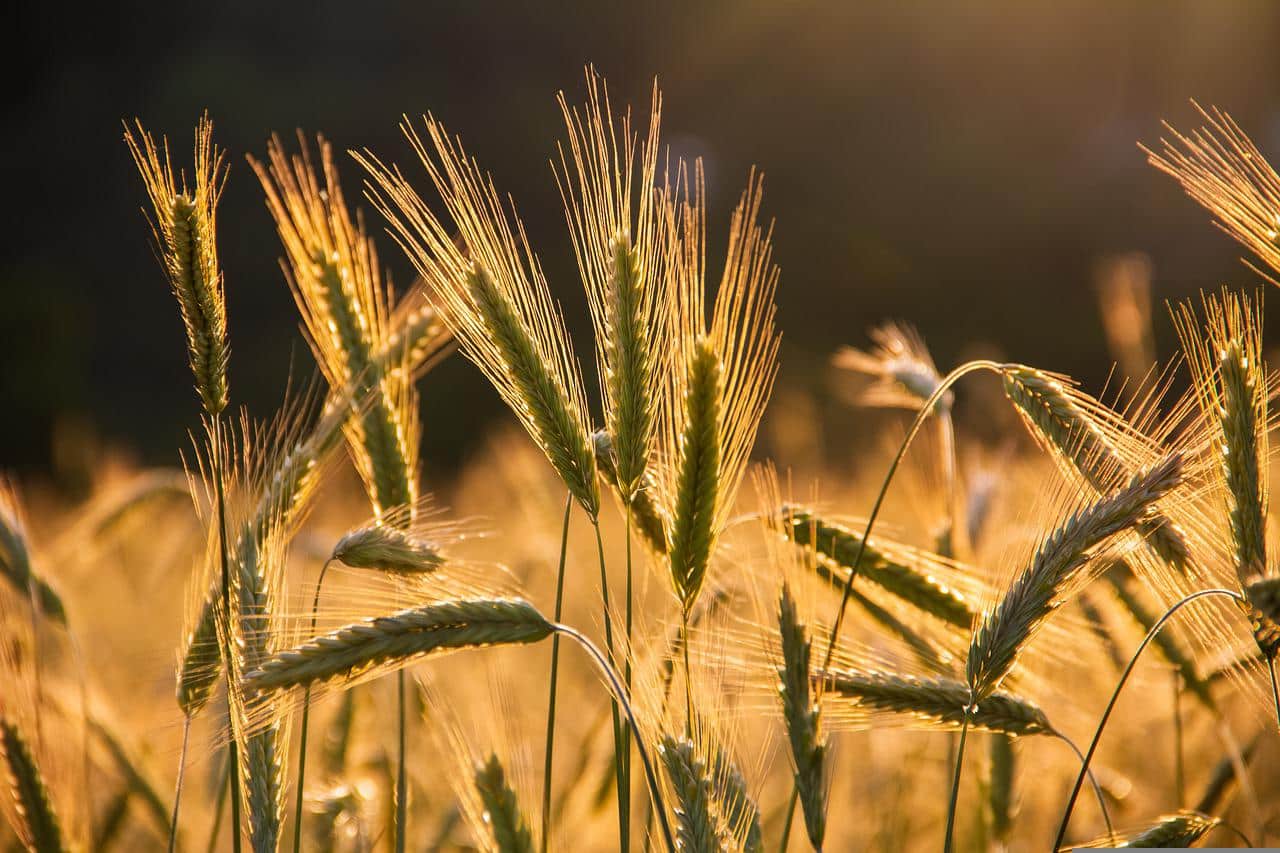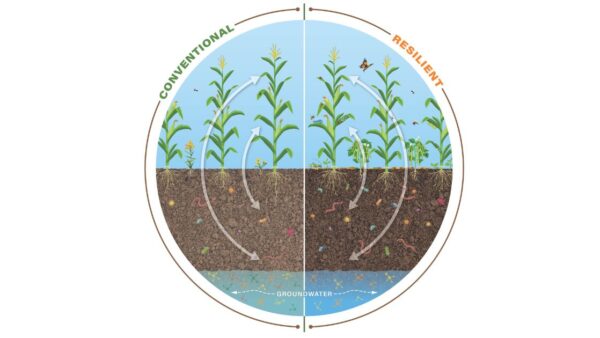An international research team, led by the IPK Leibniz Institute, has unveiled a pangenome of barley, which includes long-read sequence assemblies from 76 wild and domesticated genomes, alongside short-read sequence data from 1,315 genotypes. According to a press release, this expanded catalogue of sequence variation reveals structurally complex loci that are abundant in gene copy number variation and play a role in controlling specific traits. The findings were published in the journal Nature.
Pangenomes are collections of annotated genome sequences of multiple individuals of a species. The structural variants uncovered by these datasets are a major asset to genetic analysis in crop plants.
A common concern among crop conservationists is dangerously reduced genetic diversity in cultivated plants. But crop evolution needs not be a unidirectional loss of diversity.
“Our panel of 1,000 plant genetic resources and 315 elite varieties allowed us to compare pangenome complexity in the crop and its wild progenitor,” explains Dr. Murukarthick Jayakodi, joint first author of the study. “And we have shown that valuable diversity can arise after domestication.”
The recently published human draft pangenome highlighted the value of contiguous long-read sequences in interpreting large amounts of sequence data. Similarly, the current study on the barley pangenome reveals new insights into crop evolution and breeding, showing how long-read sequences overcome the limitations of previous short-read assemblies, which failed to uncover important patterns.
“We were able for the first time to study the evolution of structurally complex loci and detected 173 of them with nearly identical tandem repeats and genes,” explains Dr. Martin Mascher, head of IPK’s research group Domestication Genomics.
To demonstrate the utility of the pangenome, the researchers focused on a few loci — Mla, HvTB1, amy1_1, HvSRH1 — and the traits they control: disease resistance, plant architecture, starch mobilization and the hairiness of a rudimentary appendage to the grain. The release notes that taking a broader view of the environment as a set of exogeneous factors that drive natural selection, barley provides a fascinating, and economically important example.
Malting involves soaking barley grains to encourage sprouting, which activates enzymes that break down starch into fermentable sugars. The high-quality long-read pangenome is the only approach that revealed the copy-number variations and haplotype diversity within the starch-degrading alpha-amylase1_1 gene family, providing valuable insights for breeding.
Barley is among the top five crops globally today. Its importance may increase in the future because barley tolerates harsh and marginal environments and can adapt to dry climates. Allelic diversity at structurally complex loci may help fulfill the needs of both farmers and breeders.
“More diverse crop pangenomes will help us understand how the counteracting forces of past domestication bottlenecks and newly arisen structural variants influence future crop improvement in changing climates,” says Prof. Dr. Nils Stein.
This study underscores the IPK’s role in crop and genebank genomics, particularly in genome sequencing and pangenome studies of barley, wheat, rye, oats, and their wild relatives. The barley pangenome project, involving 80 scientists from 12 countries, was initiated and coordinated by the IPK.













